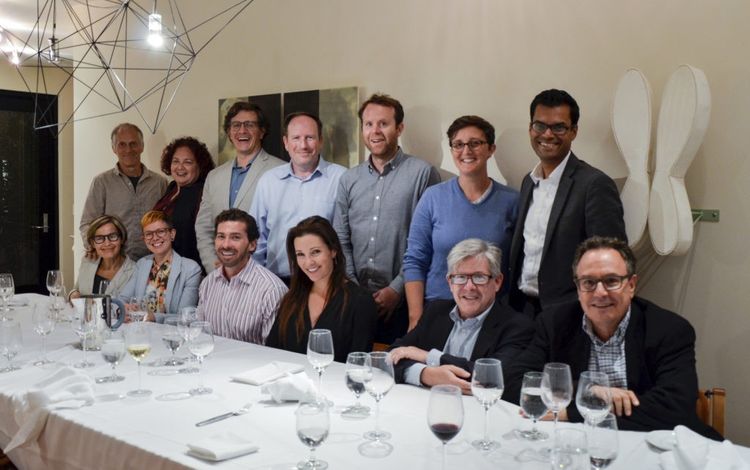Or – why there is no such thing as a “new idea”.
Lessons learned over the past century of industrial growth demonstrate that most innovations—rather than being radically new ideas or processes—are actually recombinations of existing ideas. Thus, Henry Ford’s revolutionary production methods incorporated the idea of interchangeable parts (from the sewing machine industry), continuous flow production (from the soup canning business) and the assembly line (from slaughterhouses). More modern examples include the Reebok Pump basketball shoe, which borrowed from medical technology to create the world’s first inflatable athletic shoe. “These entrepreneurs and inventors (such as Thomas Edison and Henry Ford) are not smarter, no more courageous, tenacious or rebellious than the rest of us; they are simply better connected,” says engineering and business expert Andrew Hargadon, author of “How Breakthroughs Happen.” Hargadon suggests that executives should foster teams within the company that can perform what he calls a “technology brokering” role that can bring together new ideas from different domains and recombine them in novel ways. Hargadon’s theories highlight a potential advantage for large conglomerates, which are able to bring more ideas to the table simply by virtue of their diversification. But even for those companies focused on a much narrower market, cooperative efforts such as the open source software movement could form the basis for idea-sharing.
Financial Times/Business Day 11 Aug 2003
